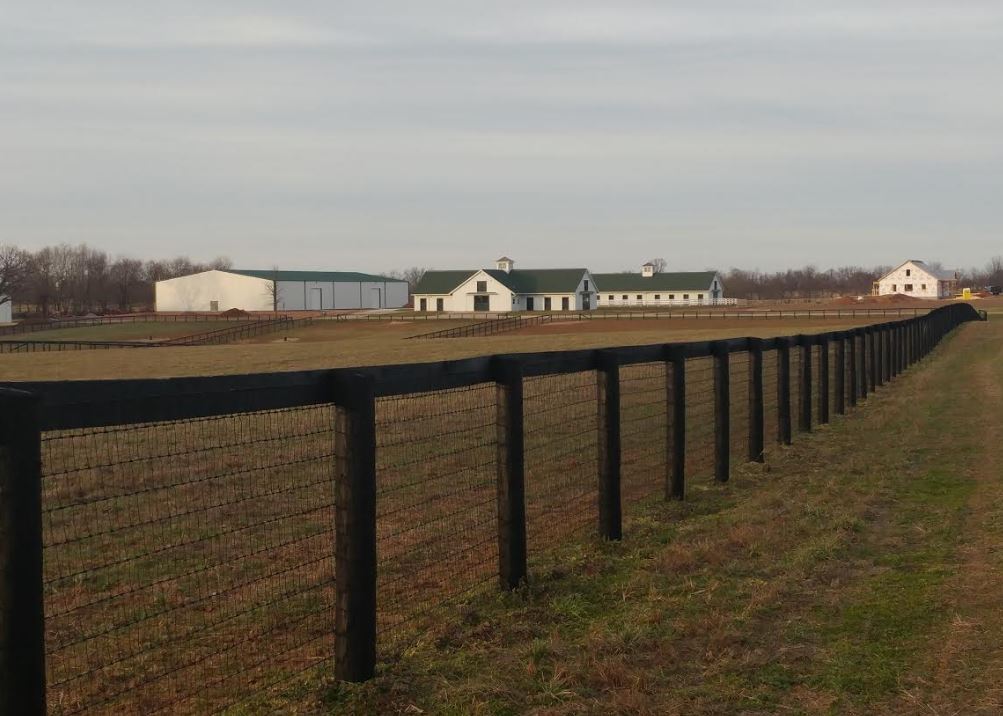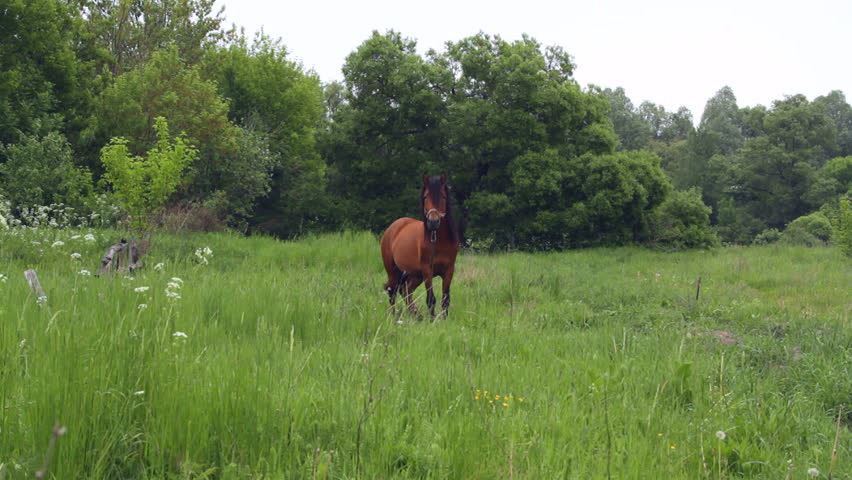It has definitely been an unusual year in the Bluegrass. While we were all prepared for a super cold and snowy winter, Mother Nature threw us a curveball and we ended up with mostly mild months.
People in many areas are already seeding or prepping to seed pastures and fields, as the warmish weather seems like it is here to stay. While it may seem early to be readying for a long summer, it really is never too early to begin pasture prep.
By Sarah E Coleman

Soil Sample
Before you add anything to your soil, it’s in your wallet’s best interest to collect a soil sample if you have not done so in the last three years (the best months to do this are February to April and September to December for most accurate results). By submitting only a few ounces of soil, you will find out what fertilizer (if any) your pastures need.
To test the soil, you’ll need a soil probe, shovel, garden trowel or spade and a clean, dry plastic bucket (be sure not to use a rubber bucket as it will contaminate the soil with zinc). If your pasture is generally the same topography, you can take one (total) sample for every 20 acres. You’ll walk in a big “W” pattern, stopping every time you change direction, digging about 6 inches into the soil with your digging tool, scraping off the sod and putting the soil in the bucket.
Once complete, you’ll mix the soil together and then take about 2 cups of that sample to your county extension agency for testing (which generally costs about $7). The results of this test will list phosphorus, potassium, nitrogen, pH and organic matter levels. Based on this information, you can have an accurate fertilizer mix and application made. The majority of healthy fields in the States will need additional potassium, lime and phosphorous applications.
Tips for Tracking Pasture Problems

Many boarding barns are restricted on how much pasture they have available. Even if you’re not a boarding barn, there are some things you can do to care for fields that have more horses on them than they can sustain. Try these tricks for healthier fields this spring:
- Top-dressing your fields with nitrogen may be the way to go. Nitrogen can help fields recover more quickly from the rigors of winter turnout. Be aware that there may be a
- Don’t plant cool-season grasses in the spring. These grasses do best when seeded in the fall when there is better weather and less pressure from weeds.
- While it may seem impossible, keep horses off soggy pastures for as long as possible. Hooves (shod or not) compact soil and plant roots, making it impossible for grasses to grow.
- In areas that are very bare, consider hand seeding grass seed to encourage grass growth.
- Though not always possible, consider rotational grazing if you have the room.
- If you don’t have the ability to rotate pastures, consider at least temporarily fencing horses out of extra-boggy areas.
